Around the Globe and Around the Clock: The Science and Technology of the CTBT
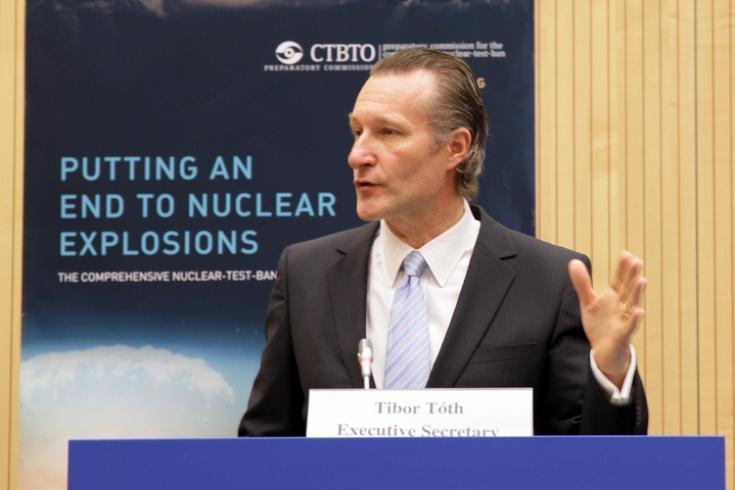
Executive Secretary Tibor Tóth delivering the keynote lecture at the high-level event, “Science for Peace - Applying Technical Expertise to Emerging Security Challenges”, 16 November 2012
Education will create over time a new generation of experts. Not a generation whose expertise is entrenched in the dark legacy of nuclear development, but one that is committed to applying science for peace.
The CDI e-learning platform enjoyed nearly 4,000 visits during the course, here the top 12 countries.
Science Course at a Glance
I come from Nagasaki, the place where the nuclear bomb went off in 1945. It was a huge disaster. When I found out about this course I decided to come here and learn more about the issues related to this event.
Paul Richards, here at a previous conference, was one of the keynote speakers at the course.
This course has completely met my expectations. It gave me a platform to merge my scientific background with policymaking procedures. In fact, it was even more than I expected. I hope that I will be able to join the OSI team in the future.
CTBTO's Robert Werzi explaining the "Snow White" radionuclide detection system.
I particularly enjoyed the lectures on the on-site inspections. It is a big challenge to go to a site, take samples and perform investigations. It is very interesting both at the level of thinking and methodology: how to overcome all the challenges posed by on-site inspections, especially after the entry into force of the Treaty.
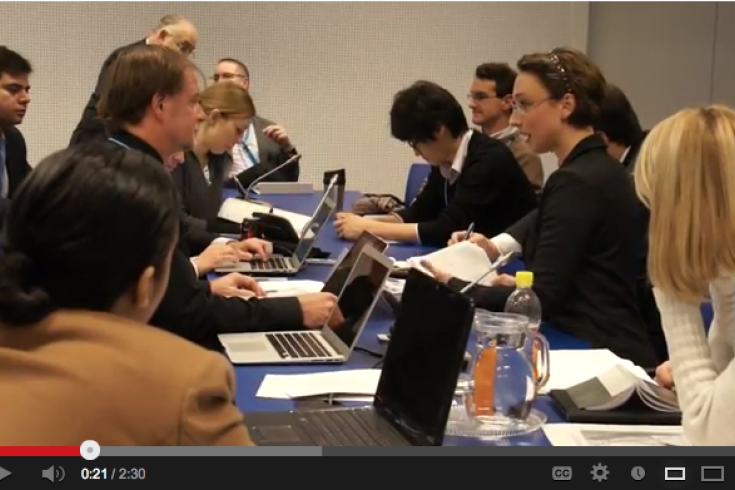
Video: A glimpse at the OSI regime and Table Top Exercise at ASC12
One particular highlight of the course was the high-level event entitled Science for Peace: Applying Technical Expertise to Emerging Security Challenges, held on Friday, November 16. The programme included presentations by some of the world’s leading scientists and policy experts in CTBT-related fields. See below for the individual presentations.
There is plenty that the CTBTO can be proud of. I call the CDI a gem because the initiative wholly embraces the age of information that we live in.
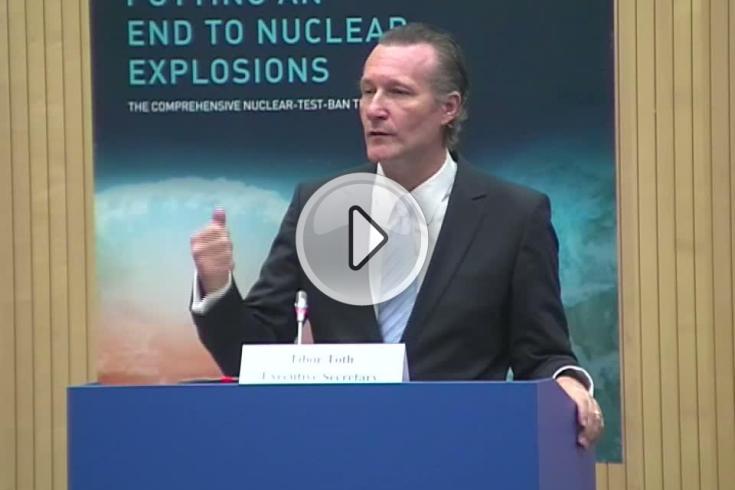
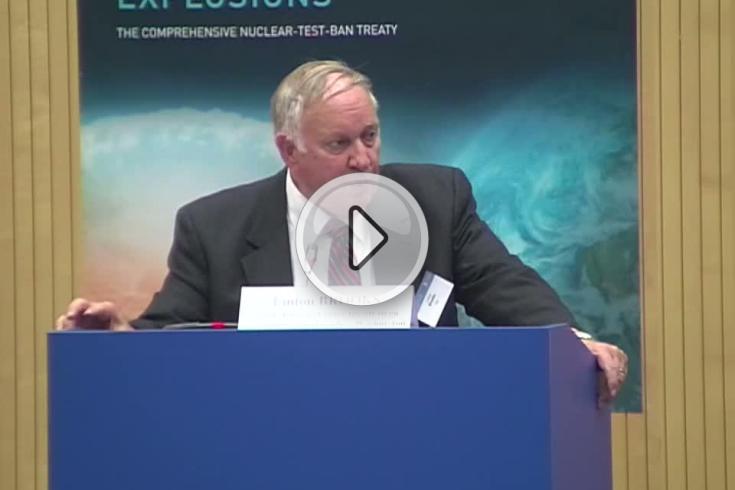
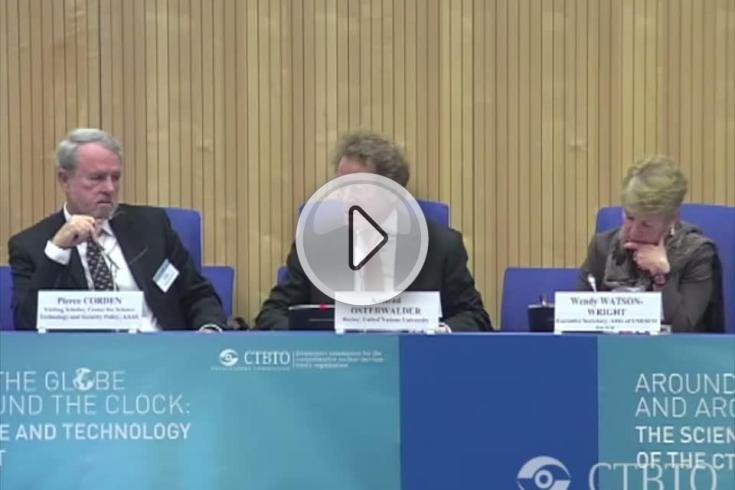
The high level event was very inspiring... to see so many different people come together to discuss issues related to science and technology.
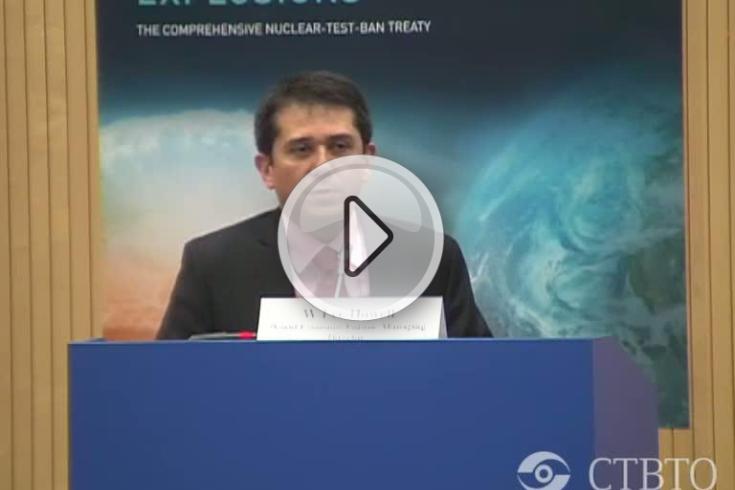
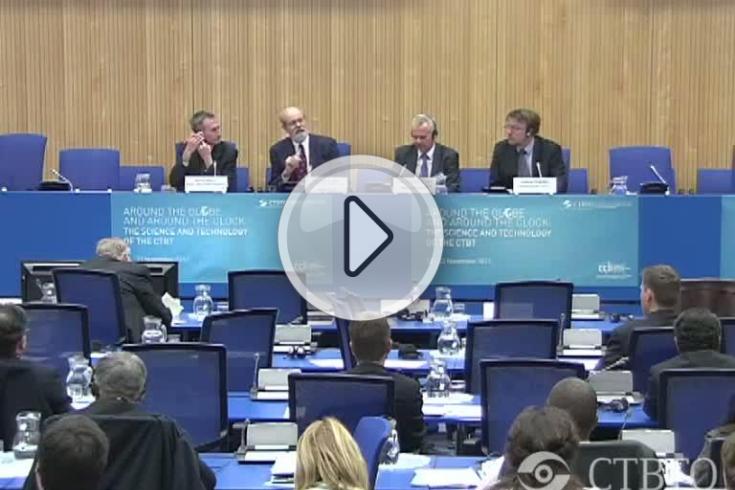
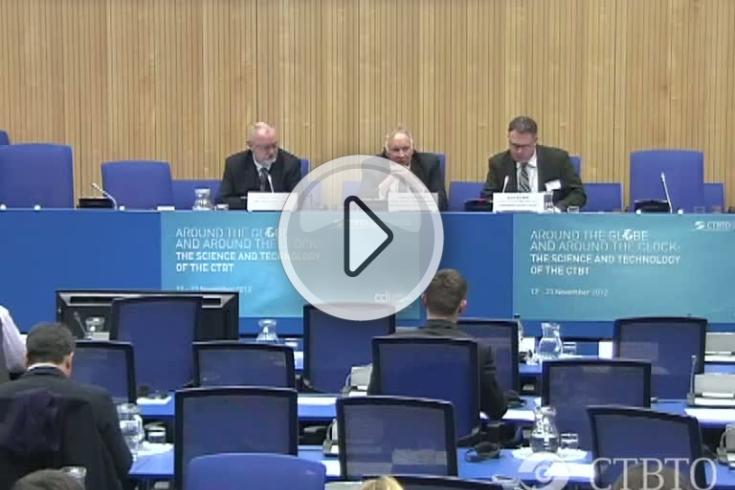
23 Nov 2012
